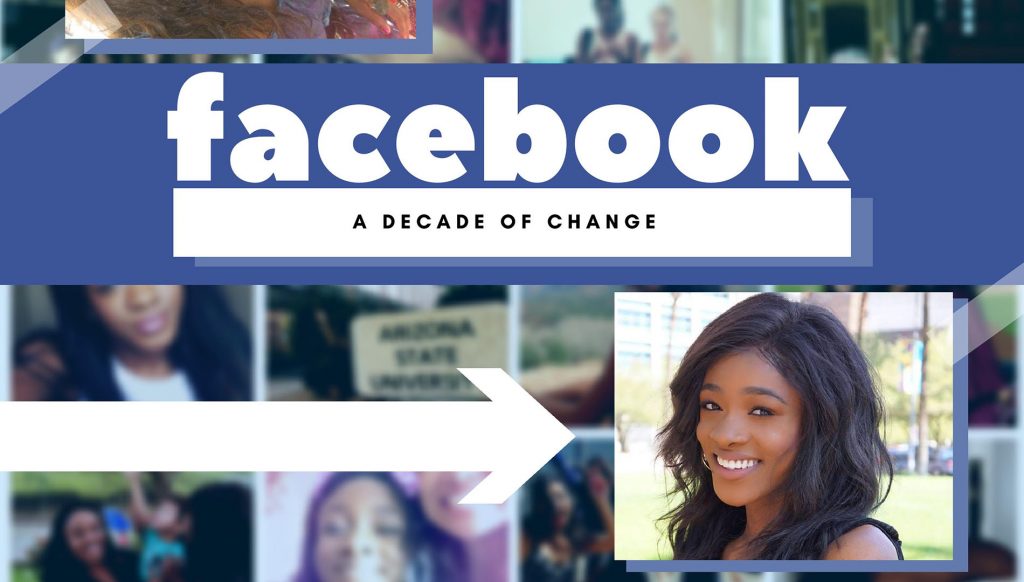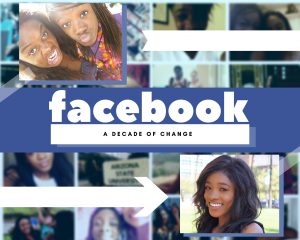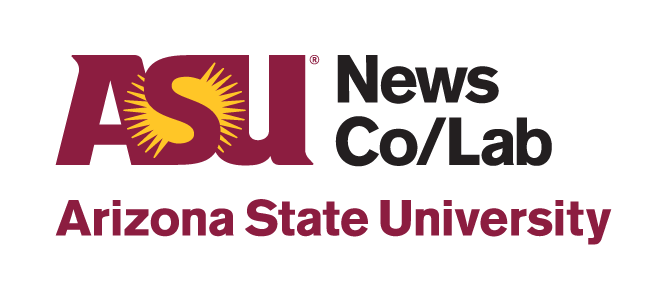My data diary: A decade of changes on Facebook and in life

Ten years after joining social media, Sayo Akao learned a fundamental lesson in the fight against fake news: When we know better, we do better.
 I signed into Facebook for the first time on Aug. 6, 2008. I was getting ready for eighth grade, and found social media fascinating. This arose from my older sister’s social media practices on MySpace (a short-lived but vital predecessor to Facebook), where she spent hours customizing her page and interacting with friends.
I signed into Facebook for the first time on Aug. 6, 2008. I was getting ready for eighth grade, and found social media fascinating. This arose from my older sister’s social media practices on MySpace (a short-lived but vital predecessor to Facebook), where she spent hours customizing her page and interacting with friends.
As an adolescent, my parents restricted my internet usage — a practice that seems to have dwindled since. Most young people receive their first cell phone before the age of 13, according to a recent Nielsen report. They use it (mostly) to text, download apps and surf the internet.
Many of my peers in my conservative middle school were on Facebook. After we spent the school day with one another, we continued our socializing online.
My parents feared the negative effects of social media –– online “stranger danger” and revealing too many personal details, to name a couple –– so they monitored me. Their concerns, it turns out, were justified. After the rise of fake news on Facebook, the platform had to own up to not just how it handle users’ information, but how much information it actually has.
As a user who grew up with Facebook, I found one of the new revelations intriguing. We now can download one giant file with all our past data. My own file was 50 megabytes. It took a couple hours to download and you can do it too; visit the settings of your account. And I recommend it! I learned a lot about myself.
My Facebook download chronicled the changes between my middle-school and present-day self. My early statuses repeatedly listed my favorite TV shows and movies (with entirely too many exclamation points). Later, they focused on recent articles and major life events, averaging not many times a week but only about once a month.
Why fewer posts? Because my social media use has expanded to the many platforms used daily by young people. Facebook was a one-stop-shop, but Twitter, Instagram and Snapchat pioneered a fuller use of its functions. Twitter’s environment is ripe for spirited worldwide debate about current events. Instagram reinvented conversation with photos and videos. Snapchat’s stories were, in my mind, self-produced reality shows that gave us a deeper look into everyone’s lives than had been offered beforehand. The new platforms then each expanded their features to try to be a one-stop-shop, but I think they were better off specializing. Bigger isn’t always better.
Look at Facebook. It is supremely unique in the way that misinformation has thrived there compared to other social media platforms. One reason: its higher number of users, more than Instagram, Twitter and Snapchat combined. Congress focused on Facebook’s CEO Mark Zuckerberg, who explained the site’s commitment to privacy after the Cambridge Analytica scandal. But here’s the truth: Misinformation is present on every social media platform and has been for some time.
For example, my Facebook data brought back Kony 2012, the viral video sensation, produced long before the phrase “fake news” was in the news. I was invited to two Kony 2012 events, a foreshadowing of the collective online passion that produces “hashtag activism.” But later, there were questions about the accuracy and impact of the video.
Just as my posts moved from small to large, Facebook too has changed from a company that didn’t make money to one of the world’s most profitable. How? By knowing all they can about what you are doing online. That knowledge enables targeted advertising on a massive scale.
My Facebook data diary showed how I shared information. In 2008, I began agreeing to apps and quizzes like ‘Are YOU Fashionable?,’ ‘Forest Bubbles’ and ‘Dragon Slots.’ These days, I share my Facebook data with apps and websites like Airbnb, Postmates and Groupon. Facebook tracks not just me by friends, even though I only consented to give the site access to my contacts a handful of times.
The basis of digital media is connection. When my social media fascination arose, I used Facebook to connect to my immediate circles in my small town. Now, I use multiple platforms to connect with people all around the world — people I can relate to and learn from. My focus moved from social to societal and I now use platforms to consciously inform others about topics affecting our world. I learned about the impact of media by attending ASU’s Walter Cronkite School of Journalism and Mass Communication, but mass media today is no longer specific to journalists. Everyone on social media shares information, and it’s everyone’s duty to be a responsible sharer. We have all seen the result of not being a vigilant social media user.
My time at Cronkite convinced me that news literacy and media literacy programs should be supported — they offer the power of media education to everyone. Here at the News Co/Lab, our contribution comes from rounding up the resources and new information available to the public, while doing some research of our own. Our collection of Best Practices — 35 and counting — includes easily accessible resources that anyone can learn from. You can find practical tools like a browser widget, free online media literacy courses, and opportunities to increase news literacy by engaging with news organizations that are openly explaining how they do journalism. I know my younger self would have had a field day with the rise of news games.
The media skills I’ve picked up will always be in my back pocket throughout my career. I am especially grateful for my ASU experience as I move on to a new position as a social media coordinator at a local marketing firm. Ethical marketers too must combat the bad apples negatively manipulating the algorithms to spread their misinformation.
In a way, my parents were right all along. Their fears about privacy came to be, though in a twisted way, through the use of personal data to spread misinformation. I’ve navigated social media relatively unscathed because –– I now realize –– along the way I learned one fundamental lesson: When we know better, we do better. Because of news and media literacy, I can tell what an accurate article or a reliable source looks like, and more importantly, how to spot misinformation. With society’s big players now looking at social media through a new lens, the fight against fake news has a chance. But if users also elevate themselves to become social media vigilantes, the battle is already won.

Sayo Akao is a recent graduate from Arizona State University’s Walter Cronkite School of Journalism & Mass Communication. As digital communication specialist in the News Co/Lab, Akao is assisting the team to create positive change in news literacy through a variety of different approaches.
